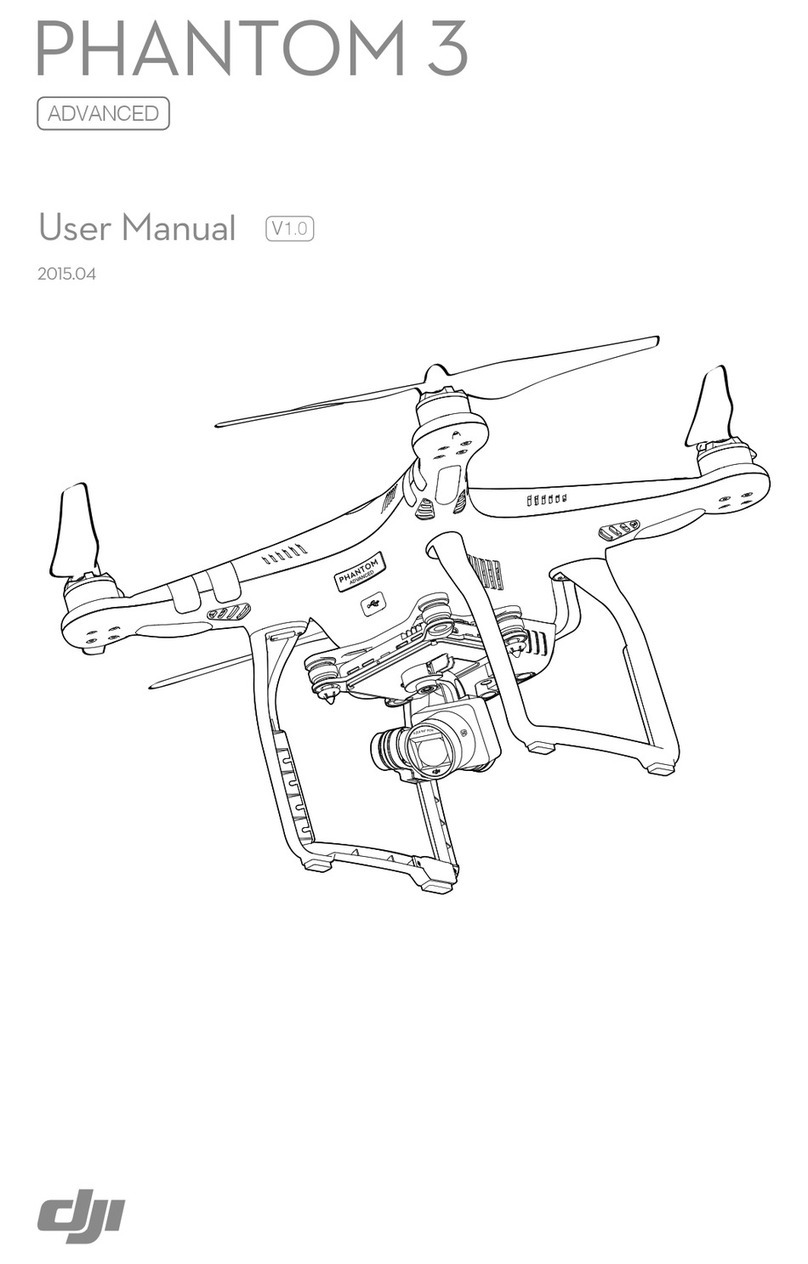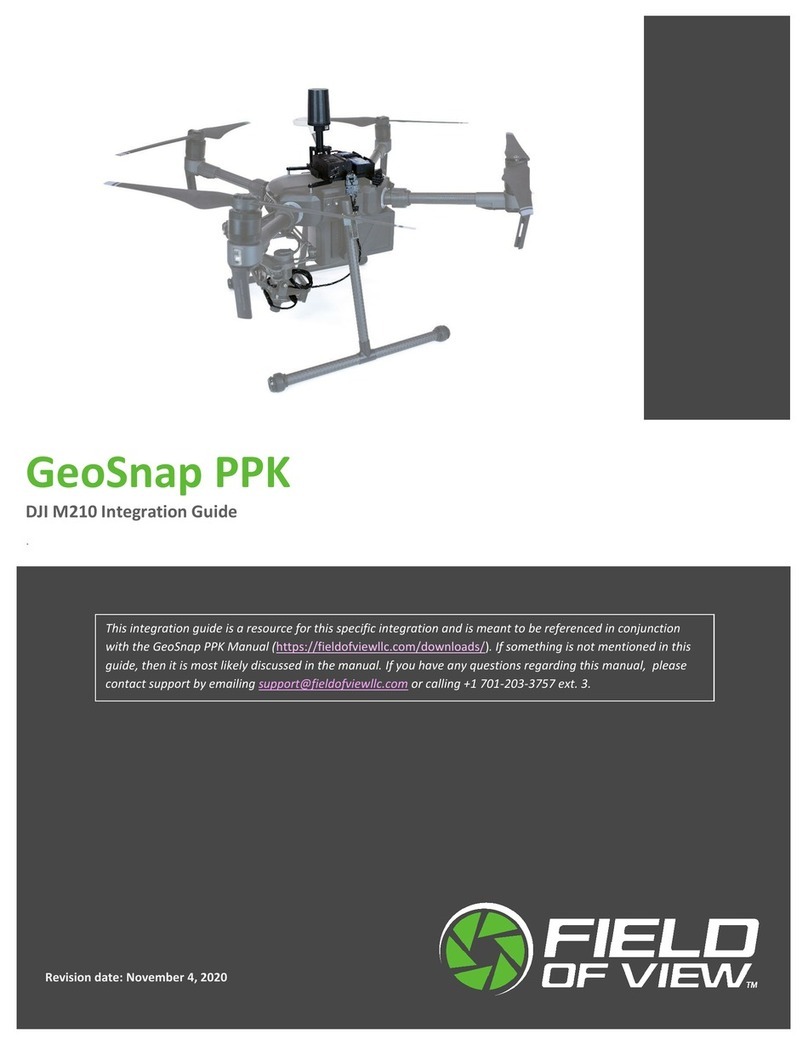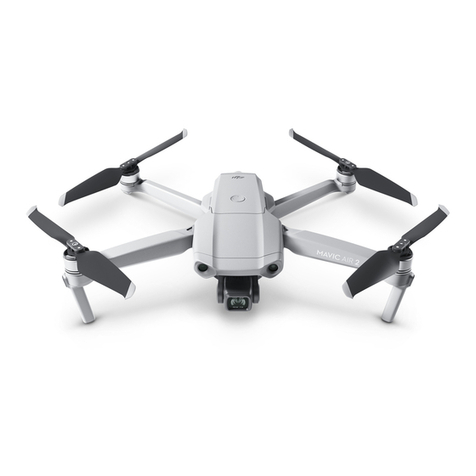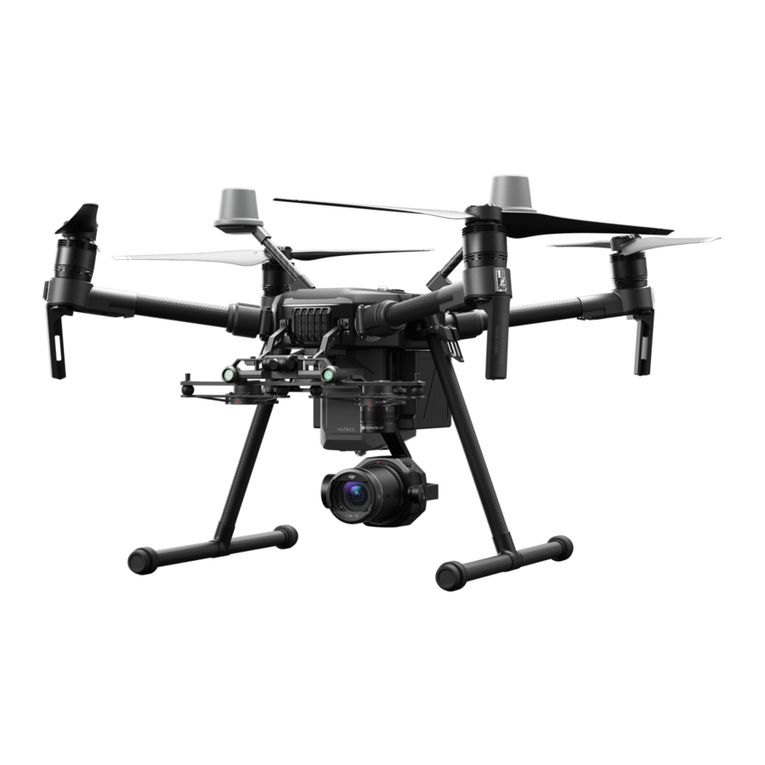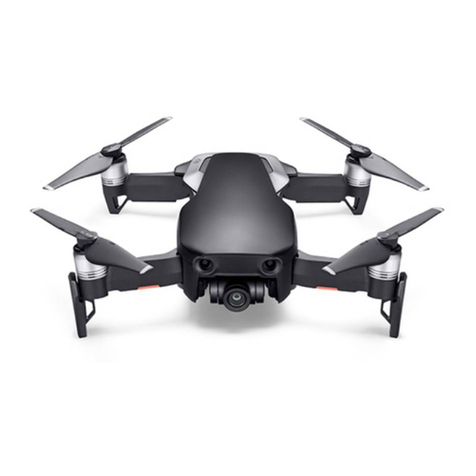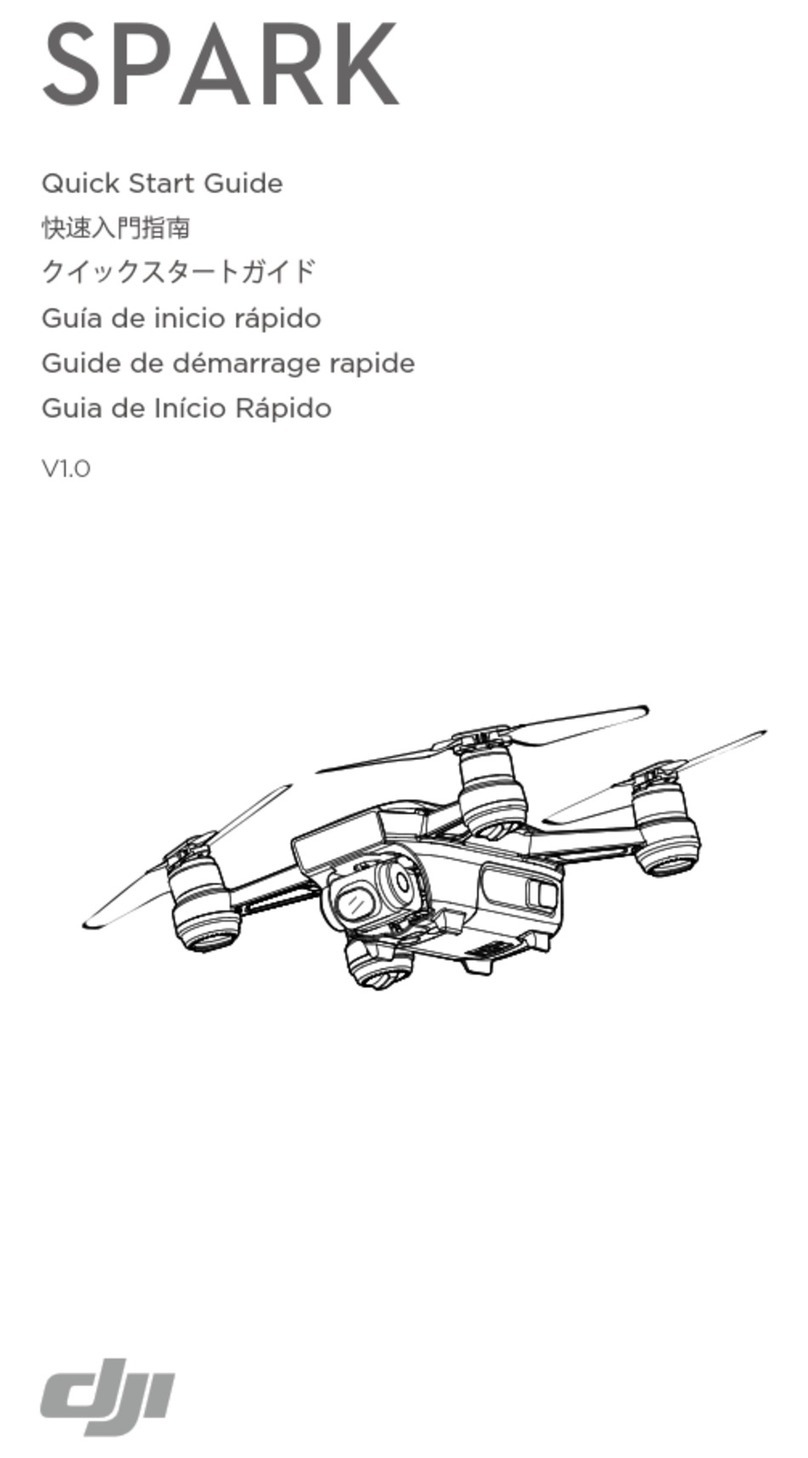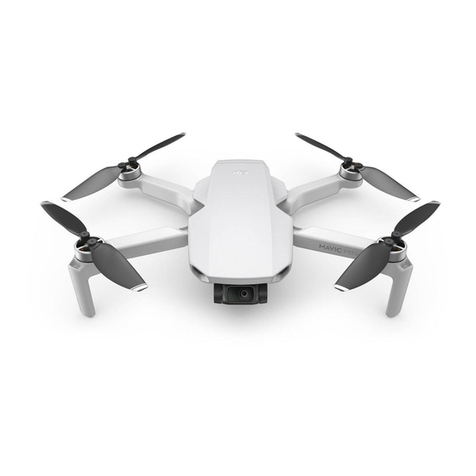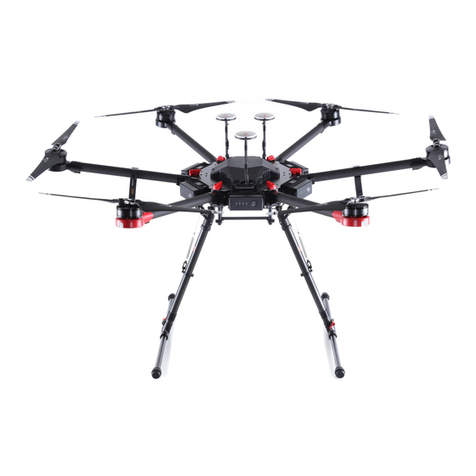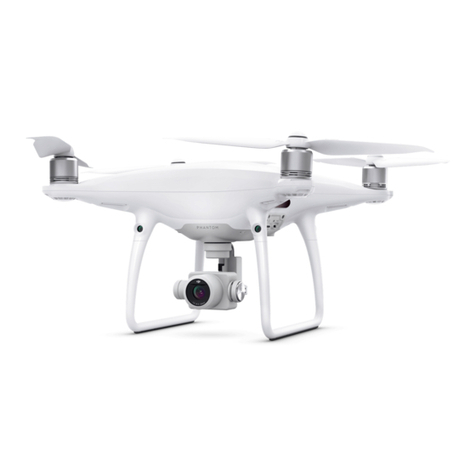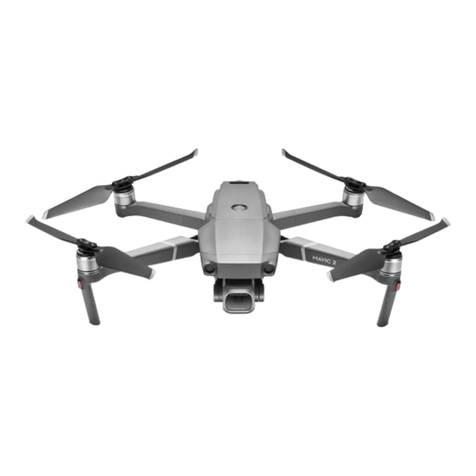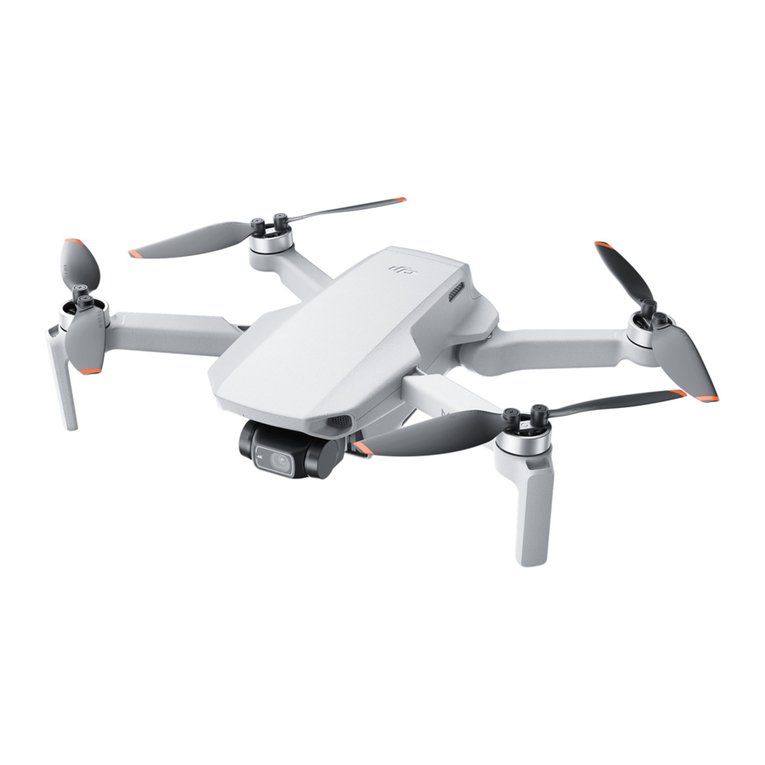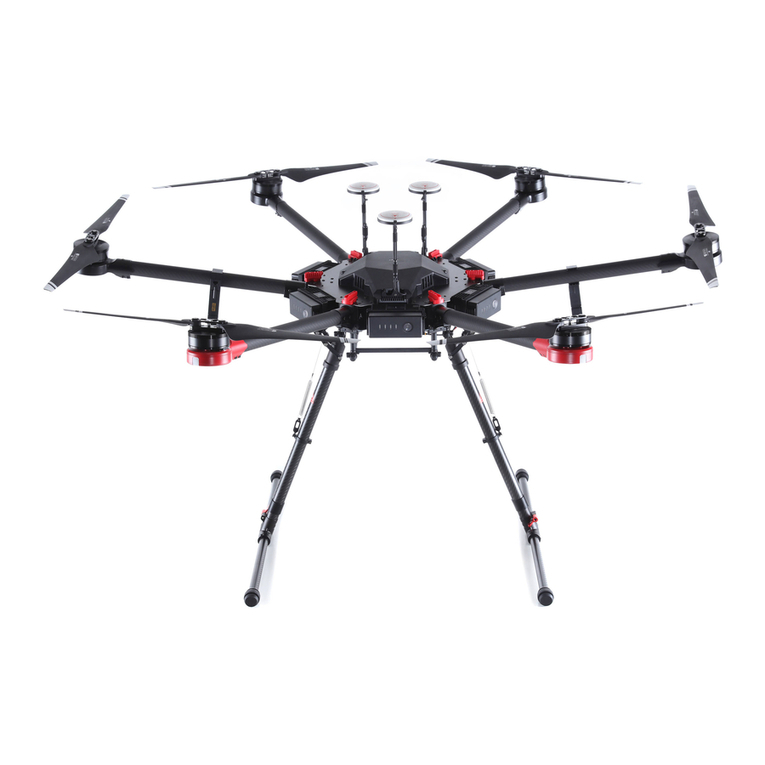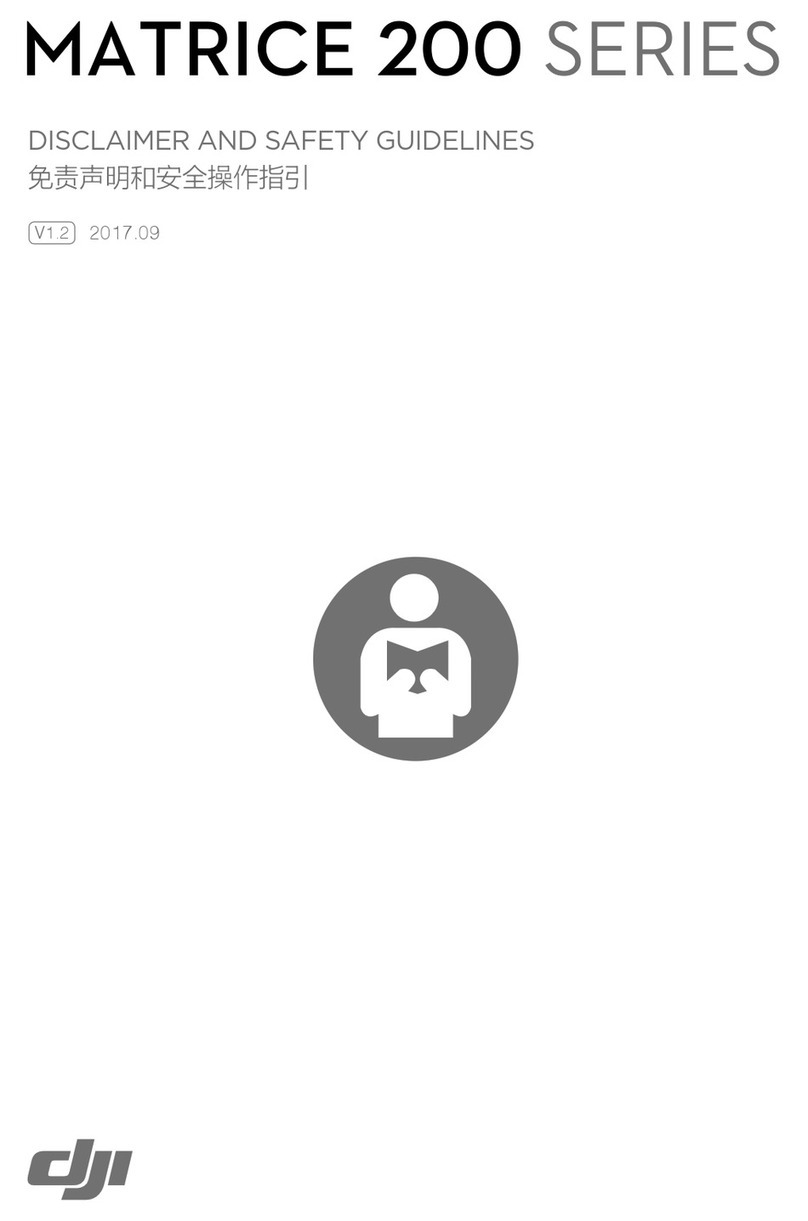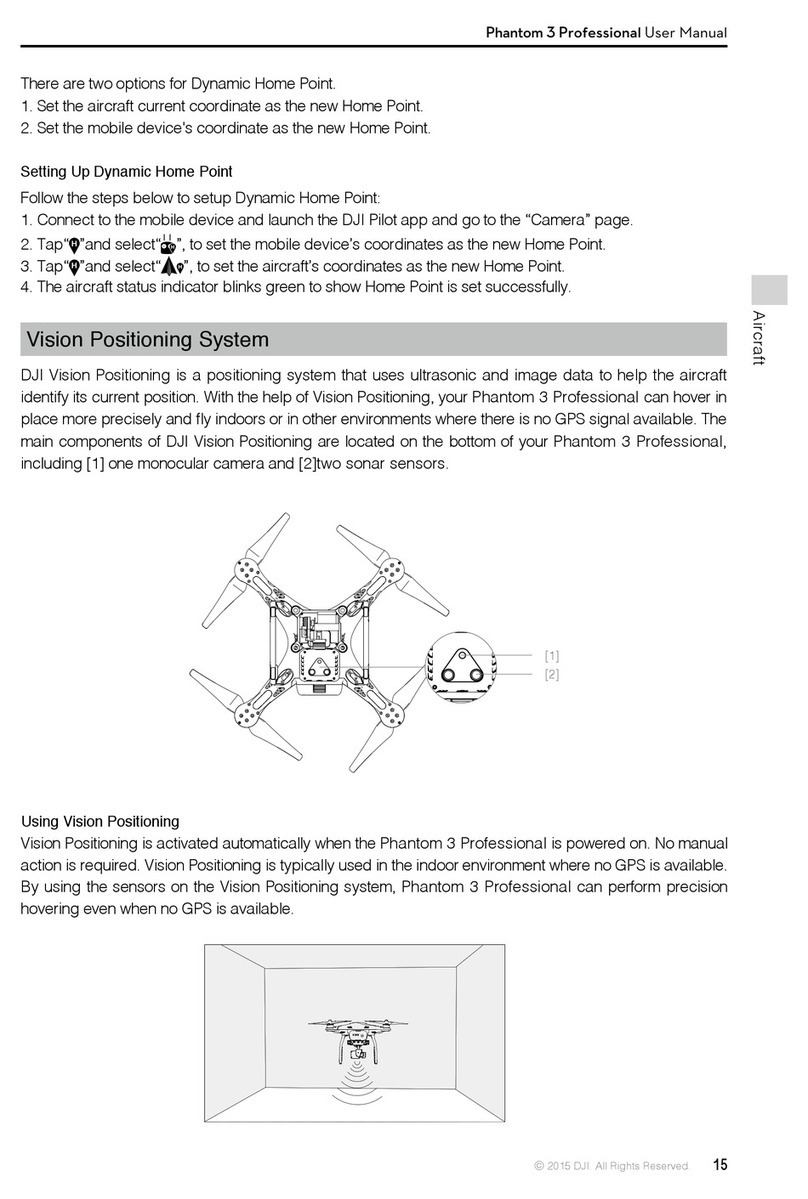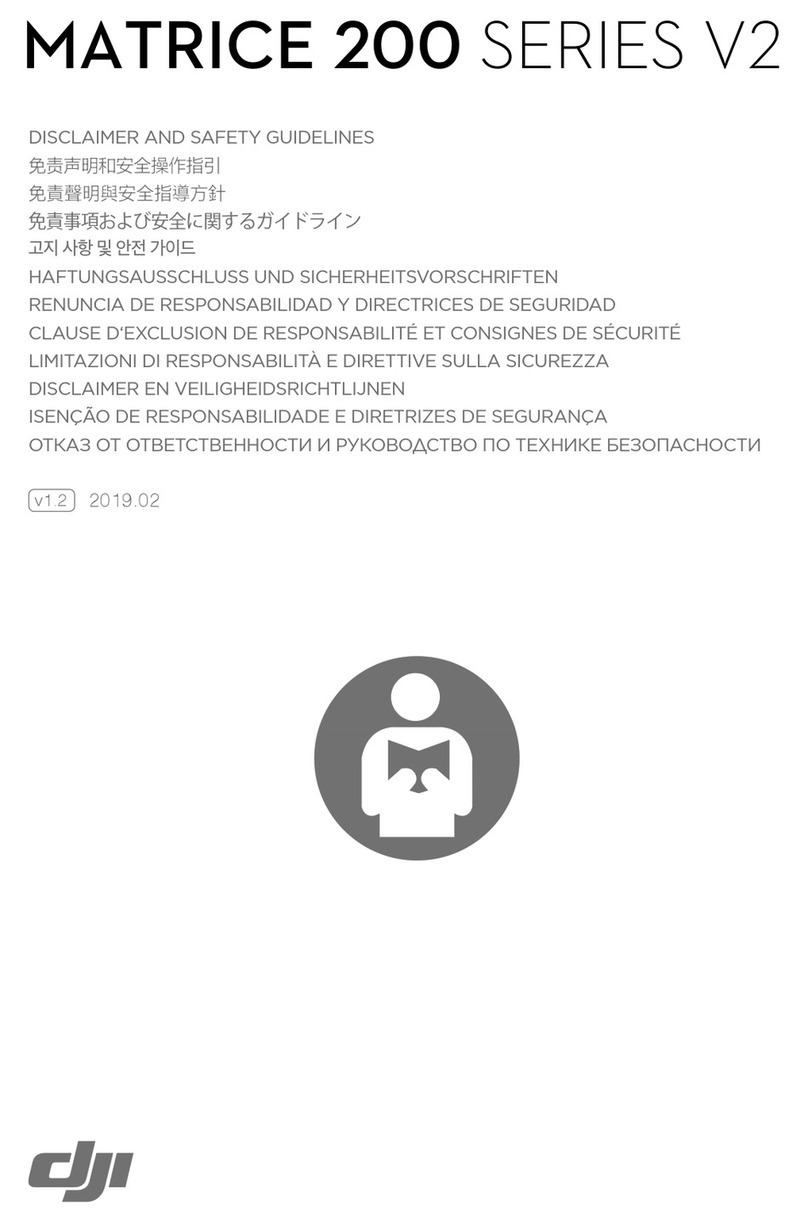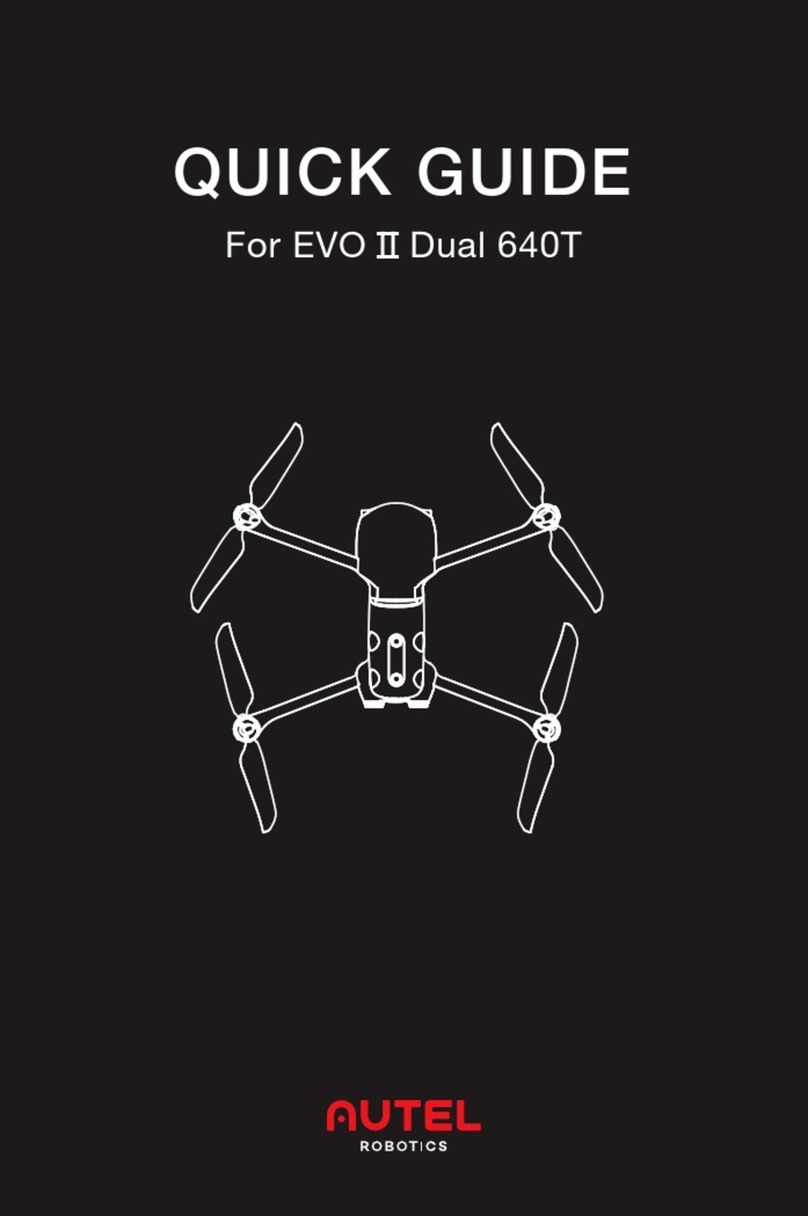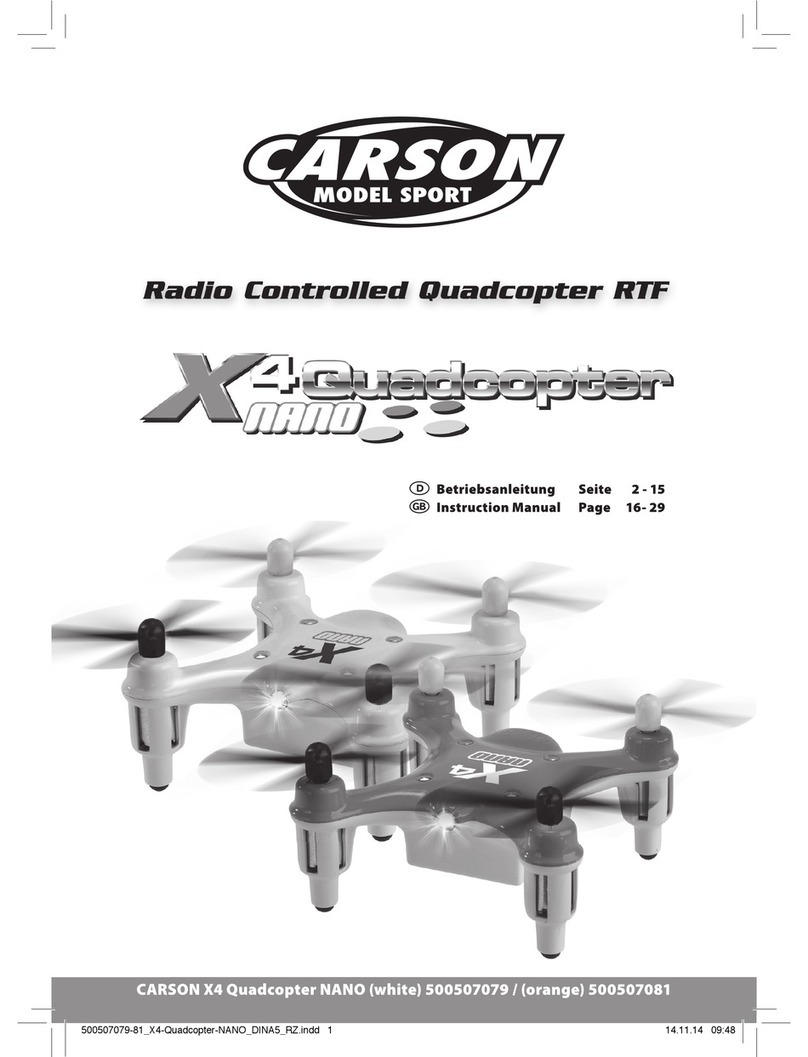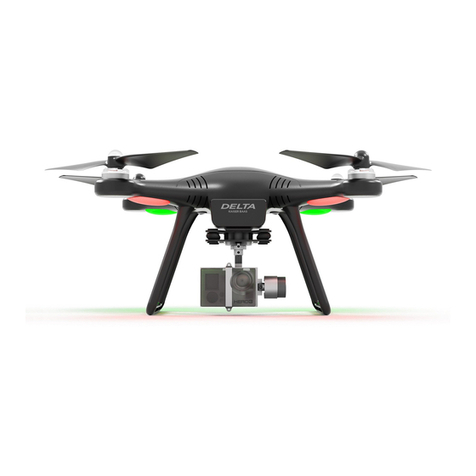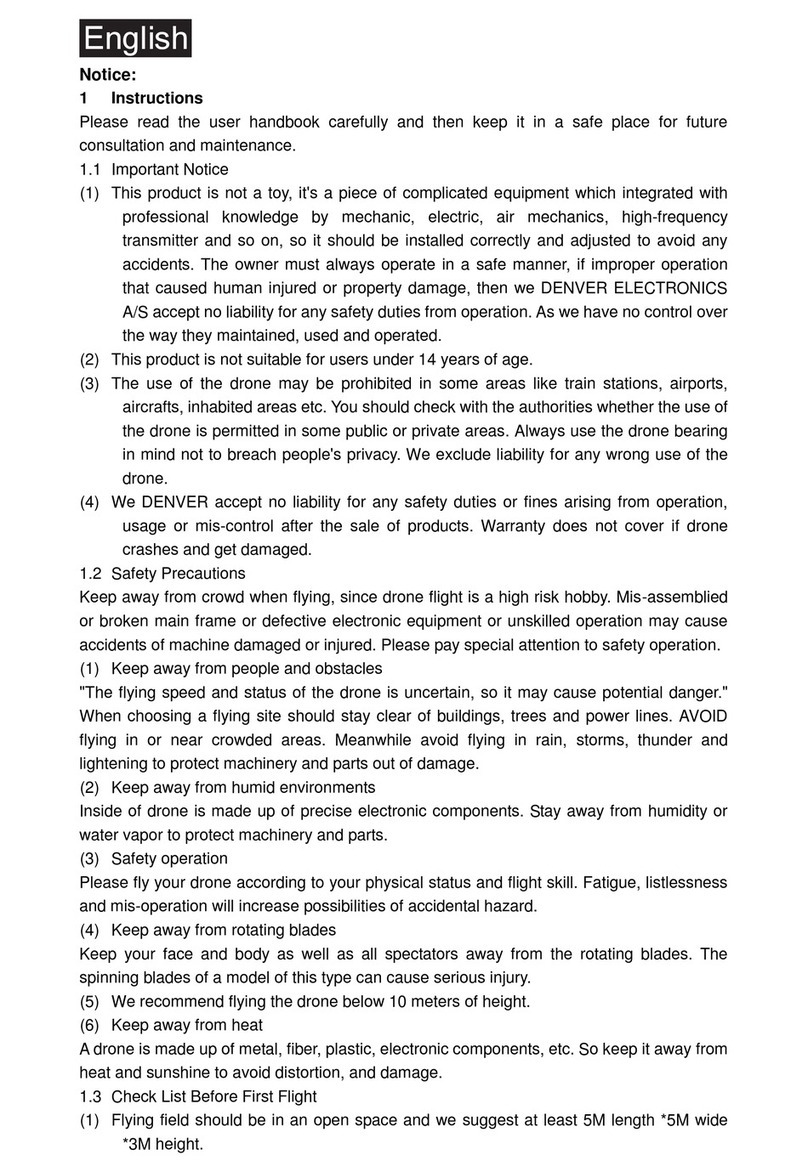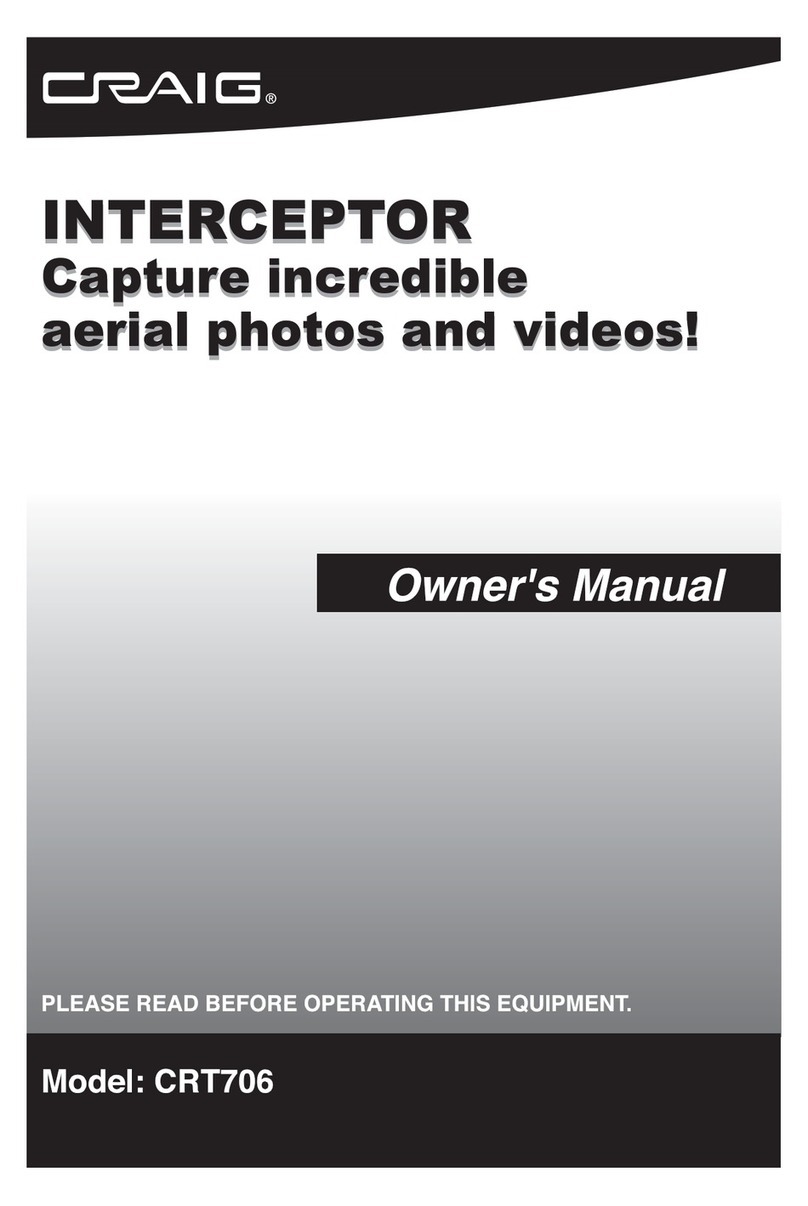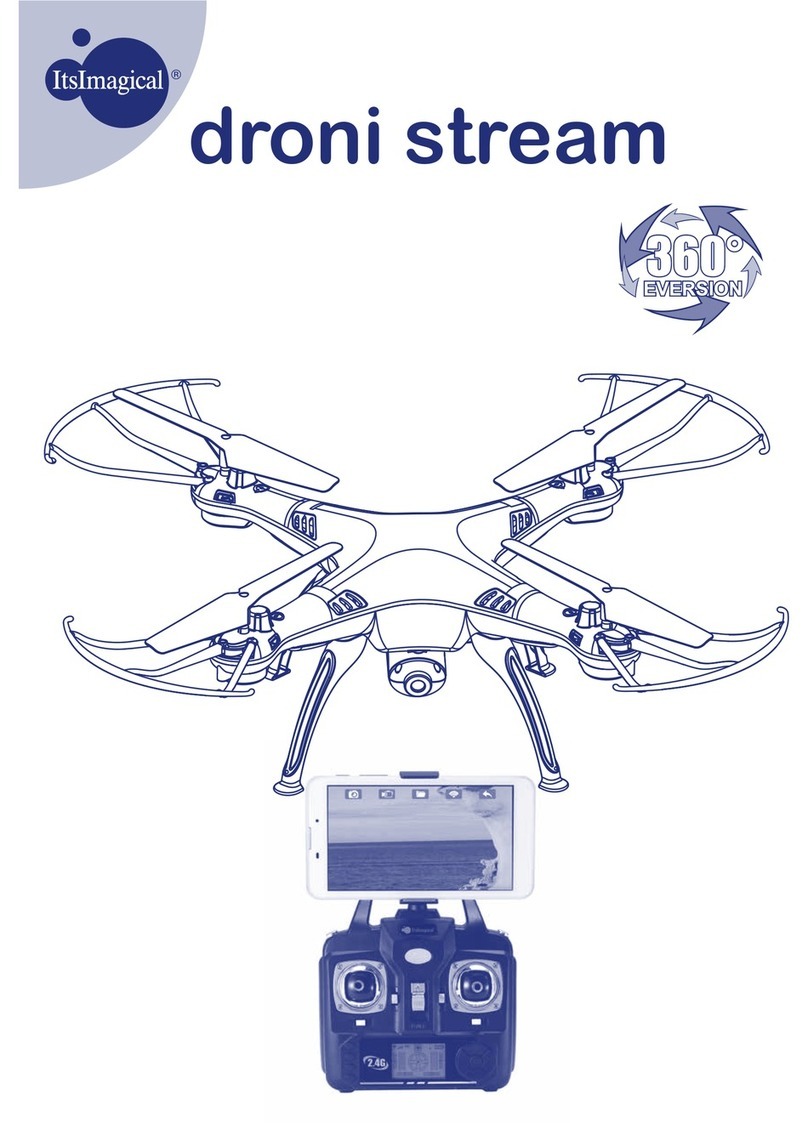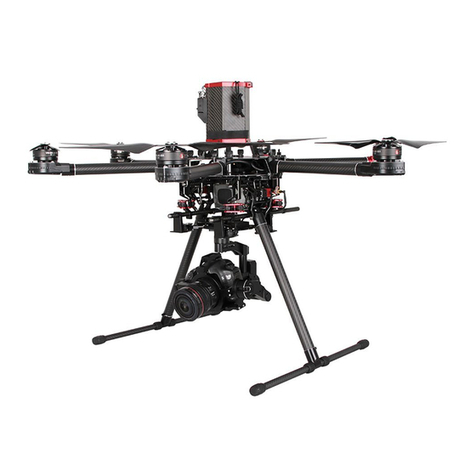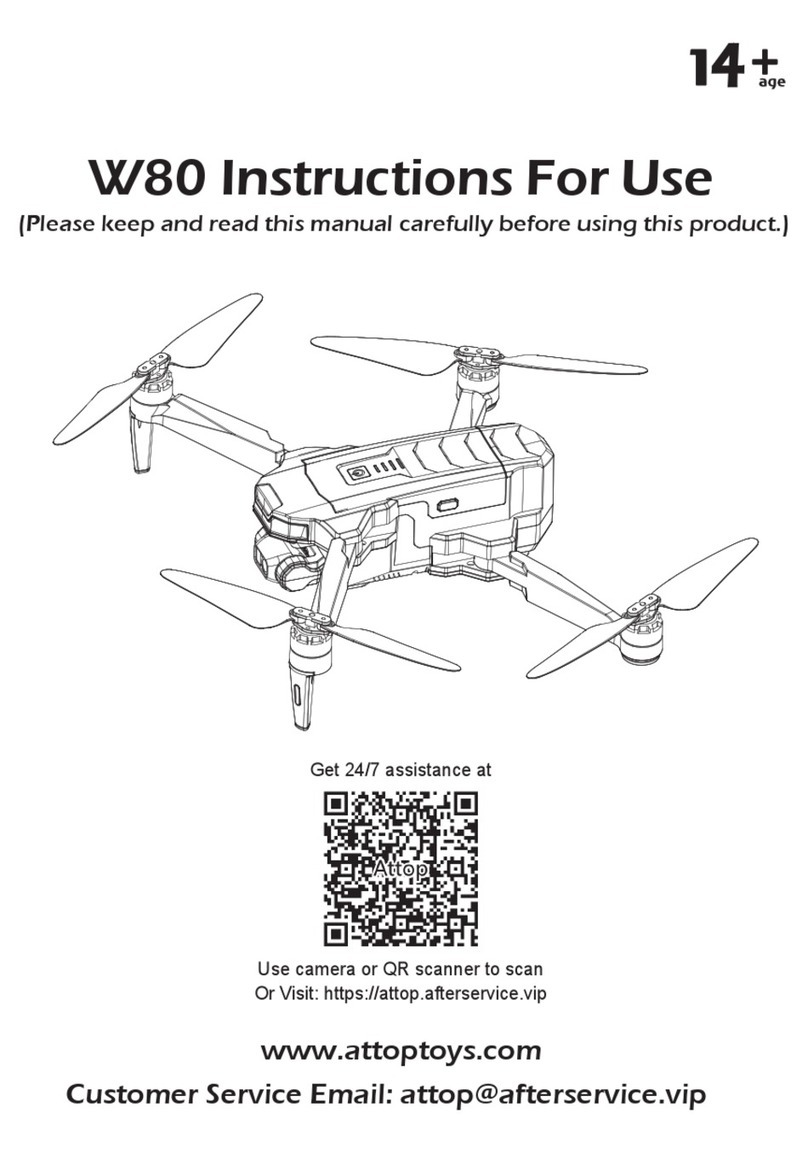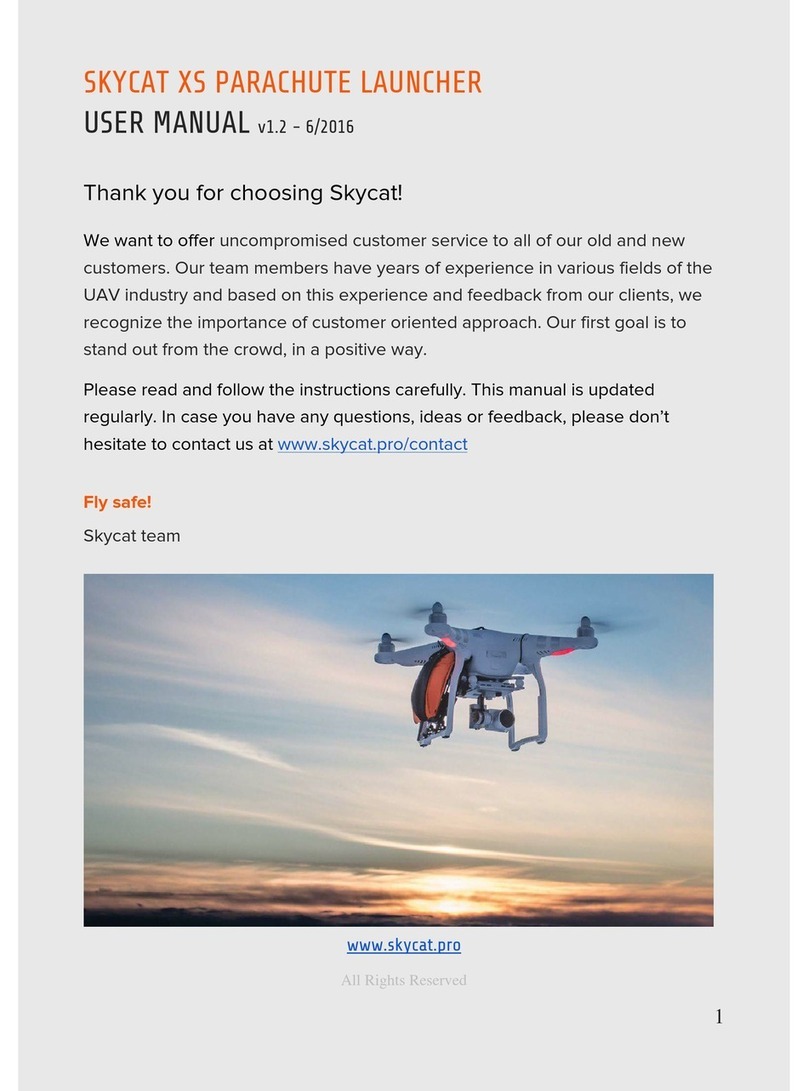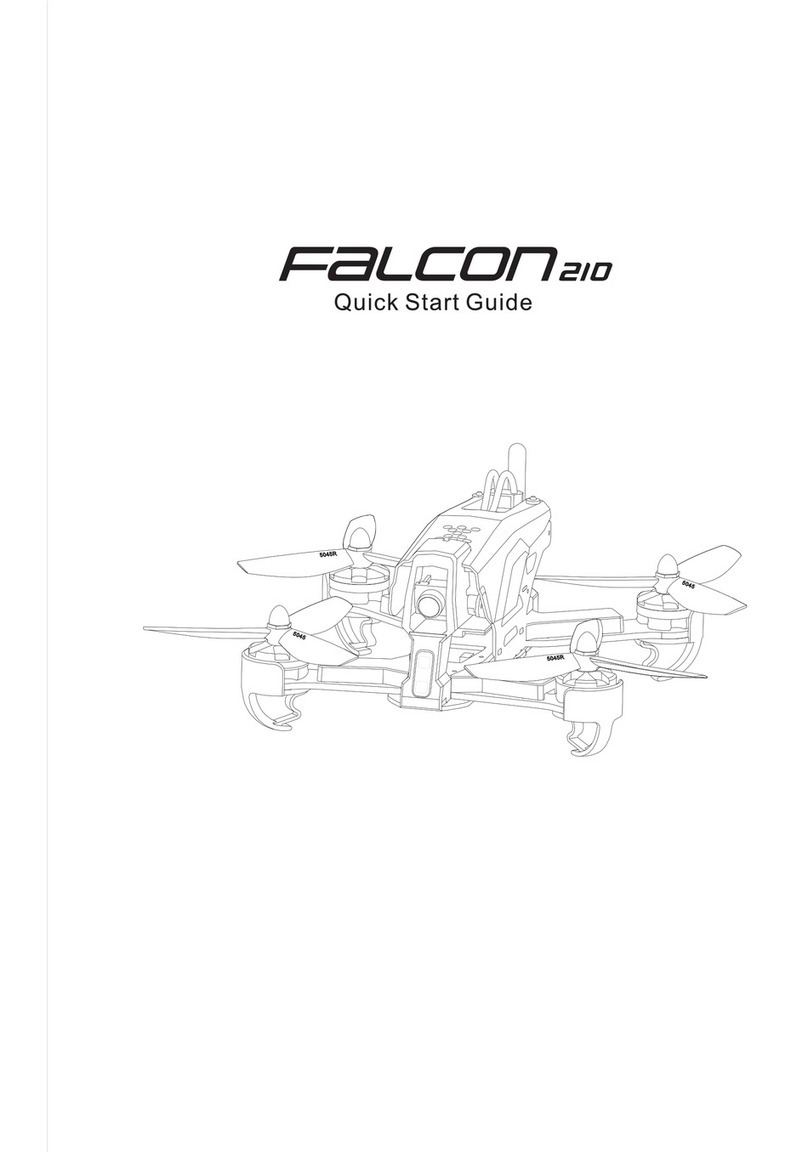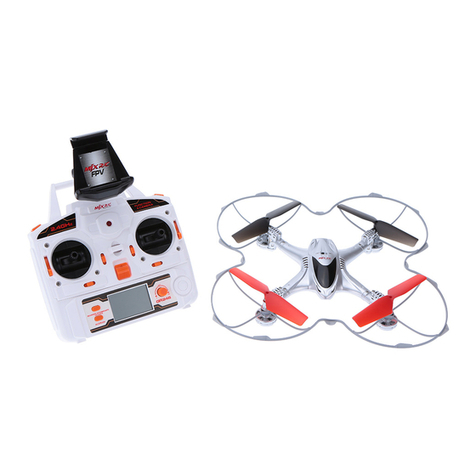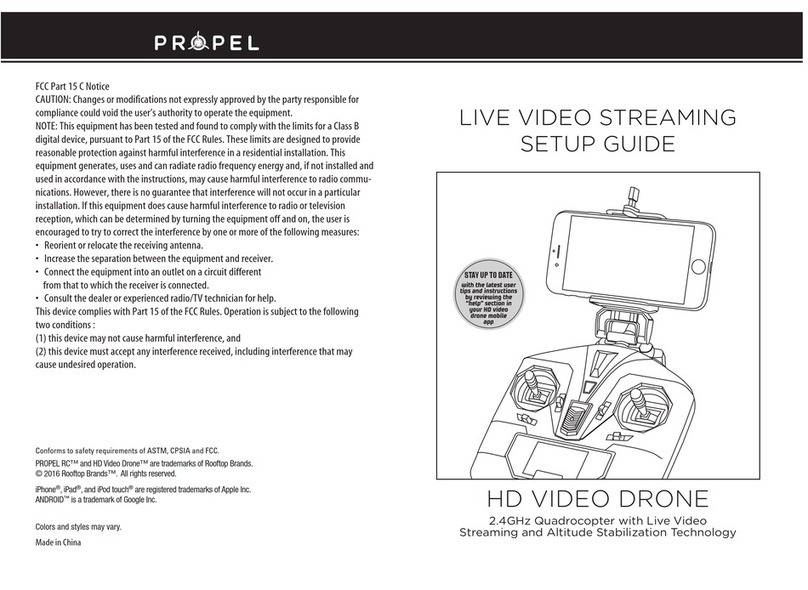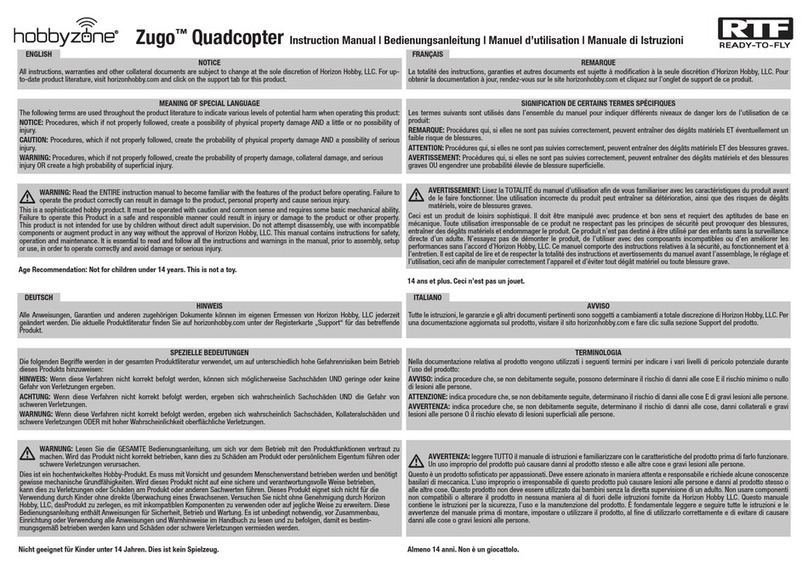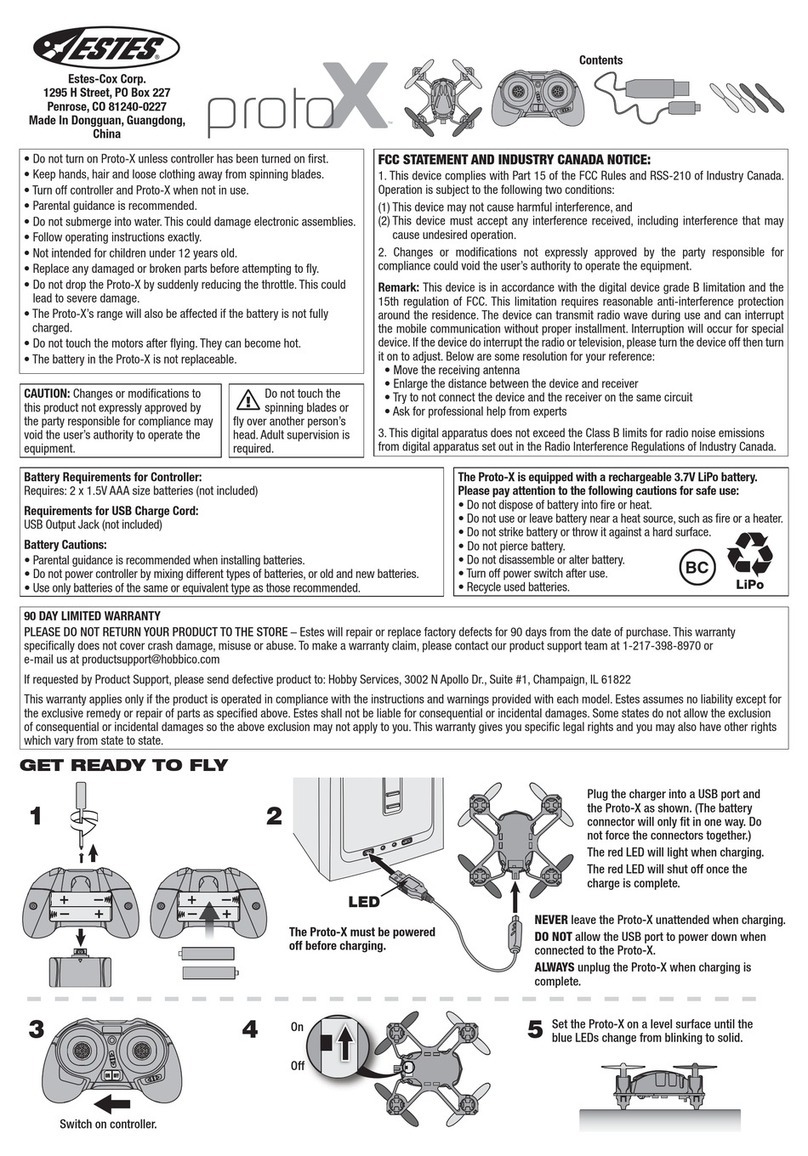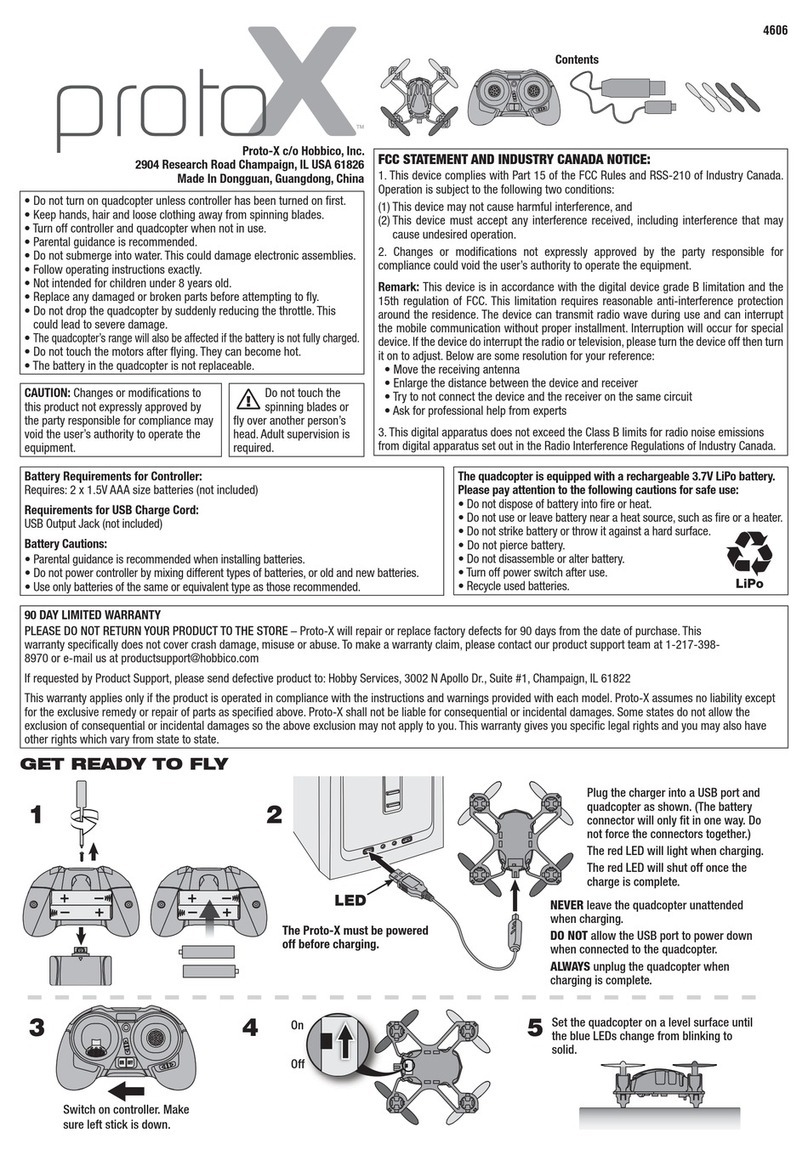5
1.2.3.3 Division of Responsibilities
The PIC is in charge of all personnel in the droneswork filming crew, and will have control
either directly or through an intermediary of all people involved in the filming on a site. The
RPAS CDR is ultimately responsible for:
vCreating a safe environment to carry out the aerial production safely and
securely.
vEnsuring pre job reconnaissance in order to complete a full risk assessment
and to highlight any health and safety concerns.
vEnsuring completion of a risk assessment form for every aspect of each
specific job that may affect the operation of the RPAS.
vDecision on whether the client requirement(s) are both feasible and safe.
vEnsuring a full briefing of the aerial filming crew takes place.
vEnsuring a safety and security briefing takes place with other people working
at the filming locations
vEnsuring all safety and security precautions are in place as per the risk
assessment.
vAll piloting responsibilities.
vAll pre-flight/in-flight/post-flight checks.
Many commercial operations of the RPAS will take place with a spotter whose
responsibilities will be as follows:
vHelping the RPAS CDR maintain safety and security of the sight.
vHelping RPAS CDR with general operational responsibilities.
vSet up of the landing and take-off areas.
vMaintaining cordons.
vHighlighting any safety/security concerns for the RPAS CDR during flight.
vActing as a second “eyes and ears” for the RPAS CDR.
vOperation of “return home” button if RPAS CDR becomes incapacitated.
On certain jobs a separate camera operator will also be used whose responsibilities will be:
vOperation of camera equipment.
vHighlighting any safety/security concerns for RPAS CDR during flight.
